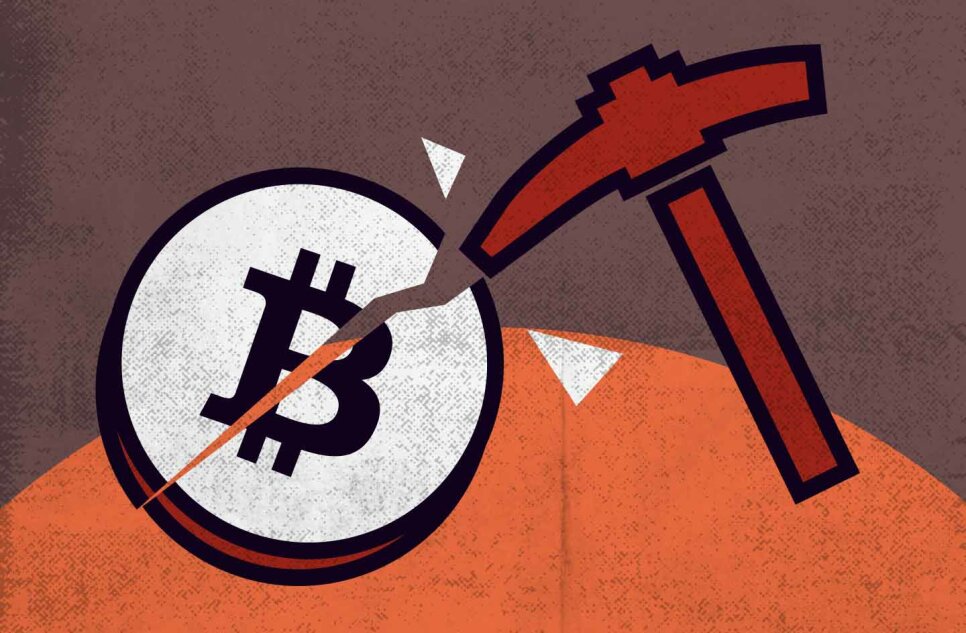We share verified earning schemes daily on Telegram.
In our Telegram channel, you'll find crypto signals, insider info on HYIPs, combo deals for tappers, and coin giveaways. Only verified earning methods without fluff.
Halving refers to the mechanism of reducing the reward for miners over time. It is implemented in many cryptocurrencies, but it's easiest to understand its working principle and impact on the exchange rate using Bitcoin as an example. Halving in the Bitcoin network is scheduled to occur every 210,000 blocks mined - which takes about three years.
Since the total number of bitcoins is limited, it is a deflationary asset in the long term, which contributes to the growth of its value. As cryptocurrency adoption increases, the demand for Bitcoin grows, but the supply is limited, and the periodic reduction in the volume of new incoming bitcoins due to halving further stimulates value growth.
This can be traced through changes in Bitcoin's exchange rate and halving dates. The first halving occurred in November 2012, when the block reward decreased from 50 to 25 bitcoins. A few months later, the price began to rise sharply, and from about $13, it exceeded the then seemingly incredible $1,200 by November of the following year.
After that, it fell several times - to $200, and at times even lower. Such explosive growth and subsequent decline repeated further, and each time they were associated with halving: the second occurred in 2016, at that time Bitcoin was worth $670 and had already significantly appreciated in anticipation of halving. Less than a year and a half later, it was worth almost $20,000, and then the rate collapsed again. This repeated once more after the 2020 halving - even despite the global economic collapse caused by the pandemic, halving again led to rapid growth.
The next halving will occur in 2024 and, if everything unfolds as before, it could lead to another round of growth - although it's too early to predict for such a long term, especially since each of the previous halvings had a much more significant effect than the last - it's possible that the current growth cycle will simply last longer due to the pandemic mixing up plans, or the effect of halving is indeed weakening.









Information
Users of Гости are not allowed to comment this publication.